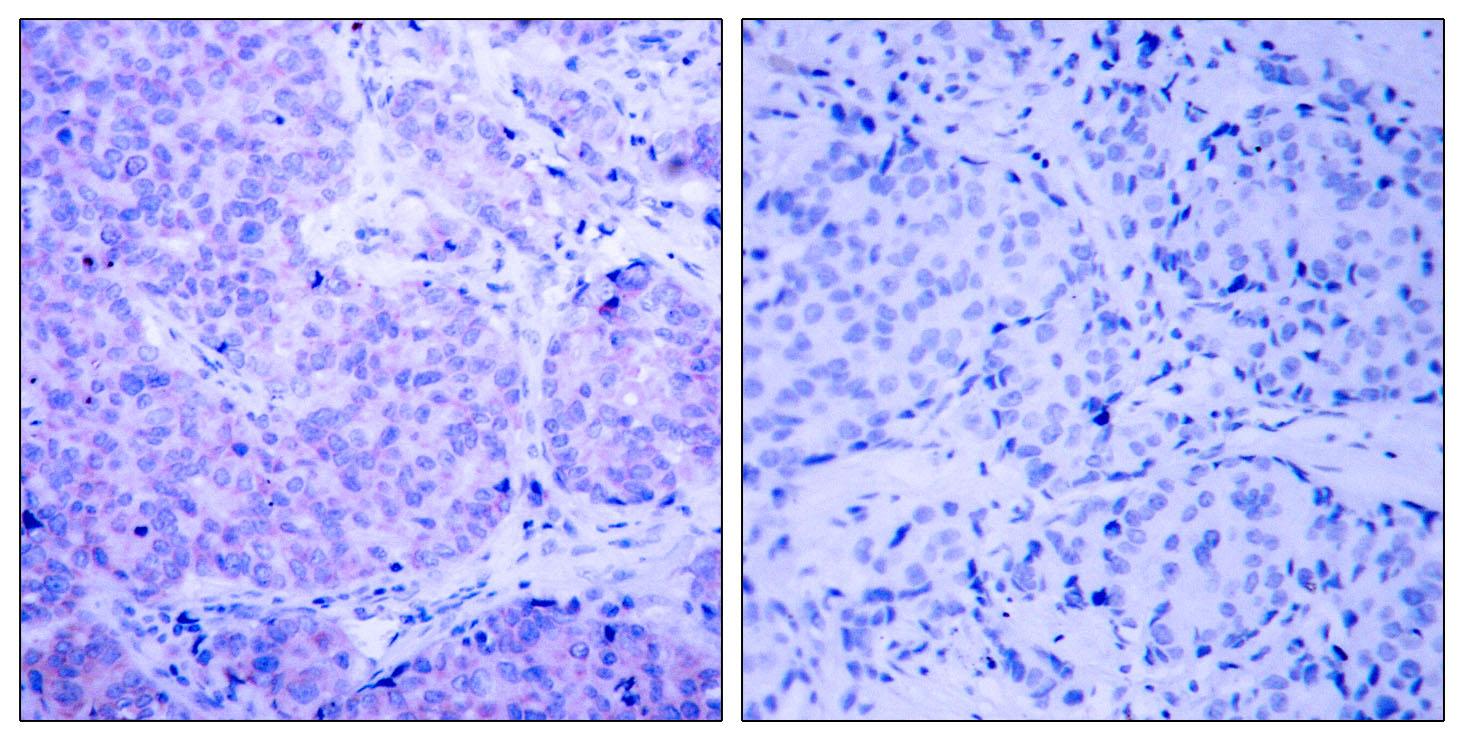Total PDK1 Cell-Based Colorimetric ELISA Kit
- Catalog No.:KA4227C
- Applications:ELISA
- Reactivity:Human;Mouse;Rat
- Target:
- PDPK1
- Gene Name:
- PDPK1
- Human Gene Id:
- 5170
- Human Swiss Prot No:
- O15530
- Mouse Swiss Prot No:
- Q9Z2A0
- Rat Swiss Prot No:
- O55173
- Storage Stability:
- 2-8°C/6 months
- Other Name:
- 3-phosphoinositide-dependent protein kinase 1 (hPDK1) (EC 2.7.11.1)
- Detection Method:
- Colorimetric
- Background:
- catalytic activity:ATP + a protein = ADP + a phosphoprotein.,function:Phosphorylates and activates not only PKB/AKT, but also PKA, PKC-zeta, RPS6KA1 and RPS6KB1. May play a general role in signaling processes and in development (By similarity). Isoform 3 is catalytically inactive.,PTM:Phosphorylated on tyrosine and serine/threonine. Phosphorylation on Ser-241 in the activation loop is required for full activity. PDK1 itself can autophosphorylate Ser-241, leading to its own activation.,similarity:Belongs to the protein kinase superfamily.,similarity:Belongs to the protein kinase superfamily. AGC Ser/Thr protein kinase family. PDK1 subfamily.,similarity:Contains 1 PH domain.,similarity:Contains 1 protein kinase domain.,subcellular location:Membrane-associated after cell stimulation leading to its translocation. Tyrosine phosphorylation seems to occur only at the plasma membrane.,subunit:Interacts with TUSC4.,tissue specificity:Appears to be expressed ubiquitously.,
- Function:
- protein amino acid phosphorylation, negative regulation of protein kinase activity, phosphorus metabolic process,phosphate metabolic process, response to osmotic stress, hyperosmotic response, cytoskeleton organization, cell-substrate junction assembly, cell adhesion, cell-matrix adhesion, intracellular signaling cascade, response to abiotic stimulus, response to endogenous stimulus, response to hormone stimulus, response to organic substance,phosphorylation, peptidyl-threonine phosphorylation, peptidyl-threonine modification, regulation of phosphate metabolic process, biological adhesion, actin filament-based process, actin cytoskeleton organization, cell-substrate adhesion, activation of protein kinase activity, activation of protein kinase B activity, response to insulin stimulus,cellular response to insulin stimulus, cellular response to hormone stimulus, regulation of protein locali
- Subcellular Location:
- Cytoplasm. Nucleus. Cell membrane; Peripheral membrane protein. Cell junction, focal adhesion. Tyrosine phosphorylation seems to occur only at the cell membrane. Translocates to the cell membrane following insulin stimulation by a mechanism that involves binding to GRB14 and INSR. SRC and HSP90 promote its localization to the cell membrane. Its nuclear localization is dependent on its association with PTPN6 and its phosphorylation at Ser-396. Restricted to the nucleus in neuronal cells while in non-neuronal cells it is found in the cytoplasm. The Ser-241 phosphorylated form is distributed along the perinuclear region in neuronal cells while in non-neuronal cells it is found in both the nucleus and the cytoplasm. IGF1 transiently increases phosphorylation at Ser-241 of neuronal PDPK1, resul
- Expression:
- Appears to be expressed ubiquitously. The Tyr-9 phosphorylated form is markedly increased in diseased tissue compared with normal tissue from lung, liver, colon and breast.
- June 19-2018
- WESTERN IMMUNOBLOTTING PROTOCOL
- June 19-2018
- IMMUNOHISTOCHEMISTRY-PARAFFIN PROTOCOL
- June 19-2018
- IMMUNOFLUORESCENCE PROTOCOL
- September 08-2020
- FLOW-CYTOMEYRT-PROTOCOL
- May 20-2022
- Cell-Based ELISA│解您多样本WB检测之困扰
- July 13-2018
- CELL-BASED-ELISA-PROTOCOL-FOR-ACETYL-PROTEIN
- July 13-2018
- CELL-BASED-ELISA-PROTOCOL-FOR-PHOSPHO-PROTEIN
- July 13-2018
- Antibody-FAQs


